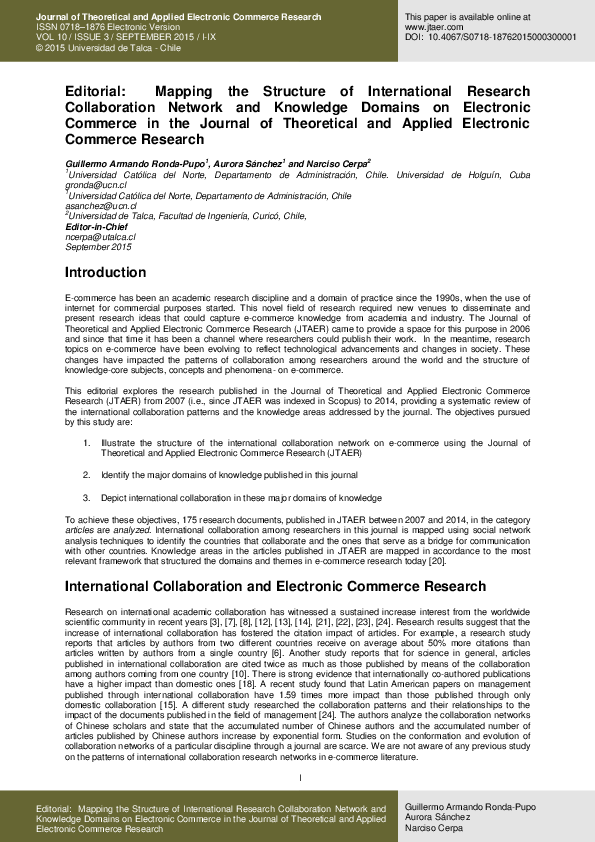Quantitative Stock Selection Model Using Graph Learning and a Spatial–Temporal Encoder
IF 5.1
3区 管理学
Q1 BUSINESS
Journal of Theoretical and Applied Electronic Commerce Research
Pub Date : 2024-07-15
DOI:10.3390/jtaer19030086
引用次数: 0
Abstract
In the rapidly evolving domain of finance, quantitative stock selection strategies have gained prominence, driven by the pursuit of maximizing returns while mitigating risks through sophisticated data analysis and algorithmic models. Yet, prevailing models frequently neglect the fluid dynamics of asset relationships and market shifts, a gap that undermines their predictive and risk management efficacy. This oversight renders them vulnerable to market volatility, adversely affecting investment decision quality and return consistency. Addressing this critical gap, our study proposes the Graph Learning Spatial–Temporal Encoder Network (GL-STN), a pioneering model that seamlessly integrates graph theory and spatial–temporal encoding to navigate the intricacies and variabilities of financial markets. By harnessing the inherent structural knowledge of stock markets, the GL-STN model adeptly captures the nonlinear interactions and temporal shifts among assets. Our innovative approach amalgamates graph convolutional layers, attention mechanisms, and long short-term memory (LSTM) networks, offering a comprehensive analysis of spatial–temporal data features. This integration not only deciphers complex stock market interdependencies but also accentuates crucial market insights, enabling the model to forecast market trends with heightened precision. Rigorous evaluations across diverse market boards—Main Board, SME Board, STAR Market, and ChiNext—underscore the GL-STN model’s exceptional ability to withstand market turbulence and enhance profitability, affirming its substantial utility in quantitative stock selection.使用图形学习和时空编码器的定量选股模型
在快速发展的金融领域,量化选股策略的地位日益突出,其驱动力是通过复杂的数据分析和算法模型,在降低风险的同时追求收益最大化。然而,流行的模型往往忽视了资产关系和市场变化的动态变化,这一缺陷削弱了其预测和风险管理的功效。这种疏忽使它们容易受到市场波动的影响,从而对投资决策质量和回报一致性产生不利影响。针对这一关键差距,我们的研究提出了图形学习时空编码器网络(GL-STN),这是一个将图形理论和时空编码无缝集成的开创性模型,可用于驾驭金融市场的复杂性和多变性。通过利用股票市场固有的结构性知识,GL-STN 模型巧妙地捕捉到了资产之间的非线性互动和时间变化。我们的创新方法融合了图卷积层、注意力机制和长短期记忆(LSTM)网络,提供了对时空数据特征的全面分析。这种整合不仅能解读复杂的股市相互依存关系,还能突出关键的市场洞察力,使模型能更精确地预测市场趋势。GL-STN 模型在不同市场板块(主板、中小板、明星市场和创业板)的严格评估,证明了该模型在抵御市场动荡和提高盈利能力方面的卓越能力,肯定了其在量化选股方面的巨大作用。
本文章由计算机程序翻译,如有差异,请以英文原文为准。
求助全文
约1分钟内获得全文
求助全文
来源期刊
CiteScore
9.50
自引率
3.60%
发文量
67
期刊介绍:
The Journal of Theoretical and Applied Electronic Commerce Research (JTAER) has been created to allow researchers, academicians and other professionals an agile and flexible channel of communication in which to share and debate new ideas and emerging technologies concerned with this rapidly evolving field. Business practices, social, cultural and legal concerns, personal privacy and security, communications technologies, mobile connectivity are among the important elements of electronic commerce and are becoming ever more relevant in everyday life. JTAER will assist in extending and improving the use of electronic commerce for the benefit of our society.

 求助内容:
求助内容: 应助结果提醒方式:
应助结果提醒方式:


